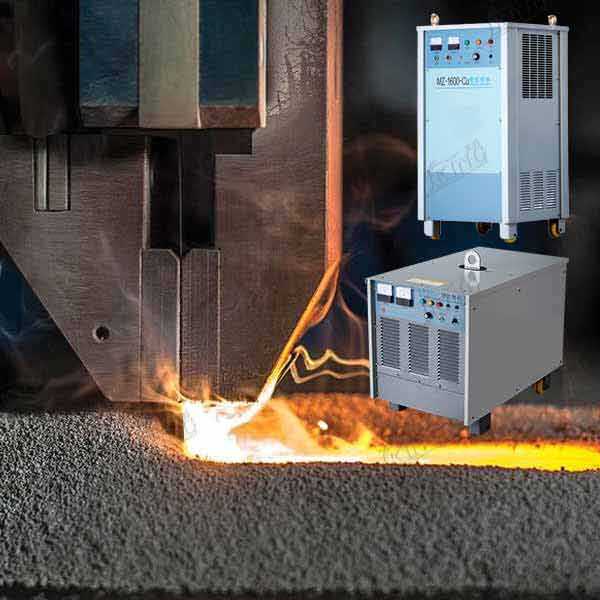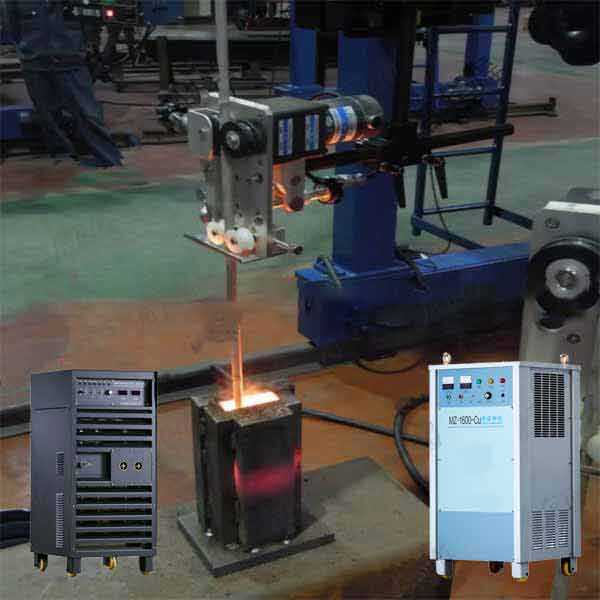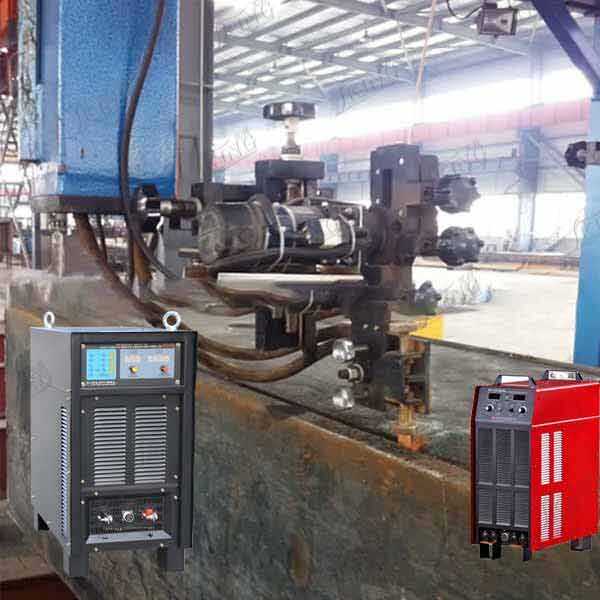twin wire esw technology
Twin wire electroslag welding (ESW) technology represents a groundbreaking advancement in modern welding processes, offering exceptional efficiency for thick plate joining operations. This sophisticated welding method employs two independently fed electrode wires that work simultaneously within a molten slag bath, creating high quality, deep penetration welds. The process operates by maintaining a molten slag pool between the workpiece and a water cooled copper shoe, while the twin wires feed into this pool, generating heat through electrical resistance. The technology excels in vertical welding positions, particularly for plates ranging from 1 to 12 inches in thickness. The synchronized operation of dual wires significantly enhances deposition rates compared to single wire systems, enabling faster completion of large scale welding projects. The process is particularly valuable in heavy industrial applications, including shipbuilding, pressure vessel manufacturing, and construction of large structural components. The controlled environment created by the slag bath ensures consistent weld quality and minimal defects, while the automated nature of the process reduces operator fatigue and improves safety conditions. This technology has revolutionized welding operations in industries where high volume, high quality thick plate joining is essential.


